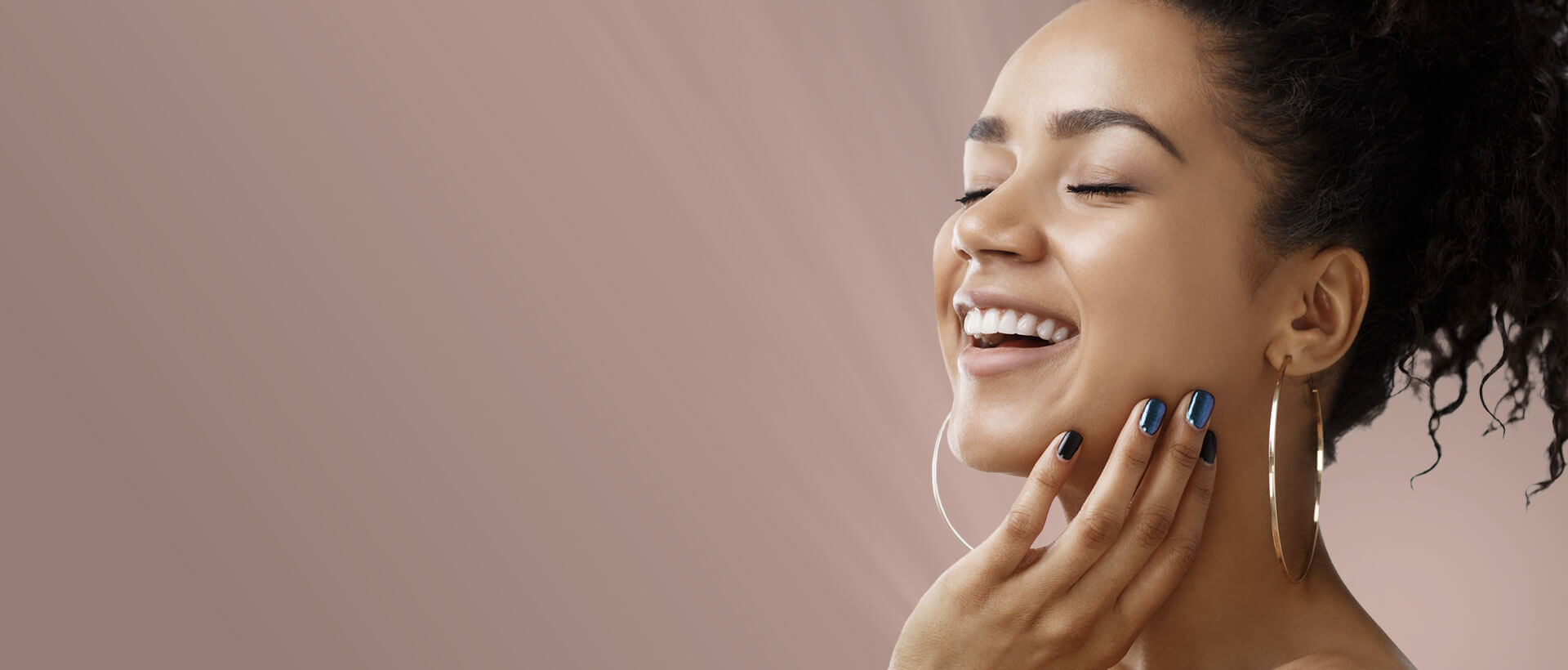
Ptosis Treatment San Francisco | Eyelid Lift by Dr. Maas
Ptosis Treatment in San Francisco: Expert Care for Drooping Eyelids
If you are searching for ptosis treatment in San Francisco, you are likely seeking a solution for a drooping upper eyelid that may be affecting your vision or making you look tired. Understanding this condition and the range of advanced interventions for it is the first step toward a brighter, more alert appearance. At our Pacific Heights center, Dr. Corey Maas, a board-certified facial plastic surgeon, offers personalized treatment options designed to address the underlying causes of ptosis. Our comprehensive approach focuses on your unique needs, providing you with the most suitable treatment to achieve a lifted, youthful look.
Understanding Ptosis: More Than Just Excess Skin
True ptosis (blepharoptosis) is a specific medical condition characterized by a weakening of the levator palpebrae superioris, the primary muscle responsible for lifting the eyelid. This is a functional issue distinct from dermatochalasis, which is simply excess skin and fat on the upper eyelids. While aging is a common cause, ptosis can be present from birth (congenital) or result from injury, neurological conditions, or prior eye surgery.
Key characteristics include:
-
The upper eyelid margin rests more than 2mm below the superior corneal limbus.
-
It can affect one or both eyes, potentially obscuring the superior visual field.
-
Patients often subconsciously raise their eyebrows to see clearly, which can lead to forehead strain.
Tailored Treatment Options: From Non-Surgical to Surgical Correction
The right treatment for ptosis is determined by the severity and root cause of the condition. Our expert team conducts a thorough examination to differentiate between muscle weakness, excess skin, and other factors to create a tailored plan.
Non-Surgical Intervention: UPNEEQ® Eye Drops
For those with mild to moderate acquired ptosis, a non-surgical approach may be effective.
-
UPNEEQ® (oxymetazoline HCl ophthalmic solution) 0.1%: This prescription eye drop is the first and only FDA-approved treatment for acquired ptosis in adults. It works by stimulating the Müller’s muscle, a secondary eyelid lifter, to provide a chemical lift. Results can be seen within 5 minutes and last up to 8 hours, offering a non-invasive solution for daily use or special occasions.
Surgical Eyelid Lift (Blepharoplasty)
For severe ptosis or cases where the muscle is significantly weakened, surgical treatment is the definitive solution. This procedure is invasive and requires a recovery period, but it can deliver lasting, dramatic improvements in both vision and aesthetics.
A surgical lift removes excess skin, fat, and muscle from the upper and lower eyelids, resulting in a transformation. The surgeon meticulously tightens and reattaches the underlying levator muscle to restore proper lid position and symmetry.
| Aspect | Non-Surgical (UPNEEQ®) | Surgical Blepharoplasty |
|---|---|---|
| Mechanism | Pharmacologically stimulates Müller’s muscle | Physically repairs and shortens the levator muscle; removes excess tissue |
| Ideal For | Mild to moderate acquired ptosis | Moderate to severe ptosis; requires permanent correction |
| Downtime | None | Potential downtime of 7-10 days for initial recovery; full results emerge over weeks |
| Results | Temporary (lasts ~5-8 hours per dose) | Lasting and often permanent |
Why Choose Dr. Maas for Ptosis Correction in San Francisco
Addressing ptosis requires a surgeon with specialized expertise in the intricate anatomy of the eye and a artist’s eye for facial harmony. Dr. Corey Maas is not just a surgeon; he is a recognized leader in facial plastic surgery. His reputation is built on a career dedicated to perfection, including his role as a past President of the American Academy of Facial Plastic and Reconstructive Surgery (AAFPRS).
We offer a personalized approach because we understand that your eyelid ptosis is unique. Our goal is to provide you with a treatment plan that is designed for your safety and to achieve natural, dramatic improvements that rejuvenate your gaze effectively.
Schedule Your Consultation in Pacific Heights
Let’s get started on your path to a clearer vision and a more refreshed appearance. Contact our San Francisco center to learn more about your options for ptosis treatment.
Appearance Care Center | The Maas Clinic
2408 Clay Street, Pacific Heights, San Francisco, CA 94115
(415) 567-7200
Individual results may vary. Not all patients are candidates for all procedures. A consultation with our medical team is required to determine the appropriate treatment plan. The use of Botox for brow lifting is an off-label technique.
